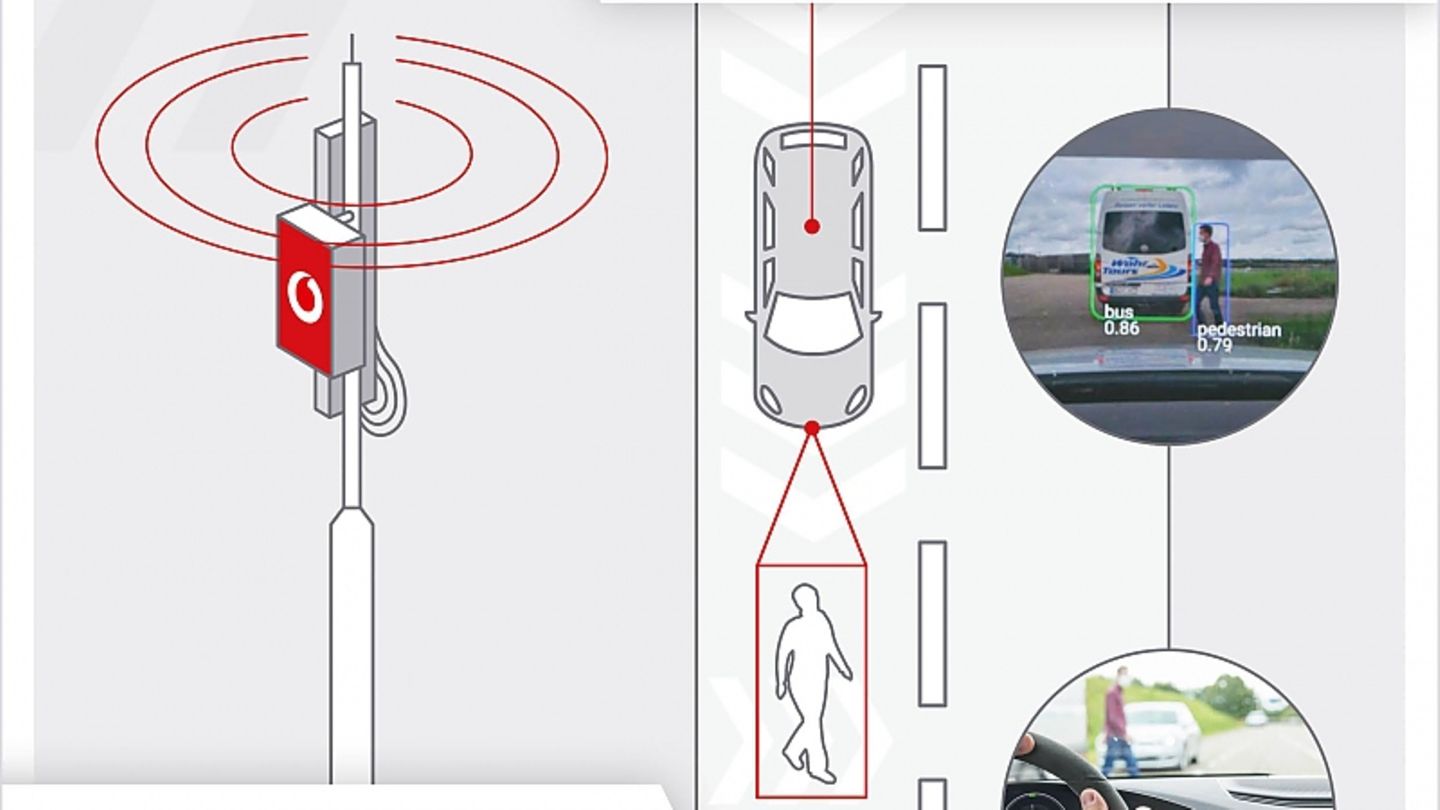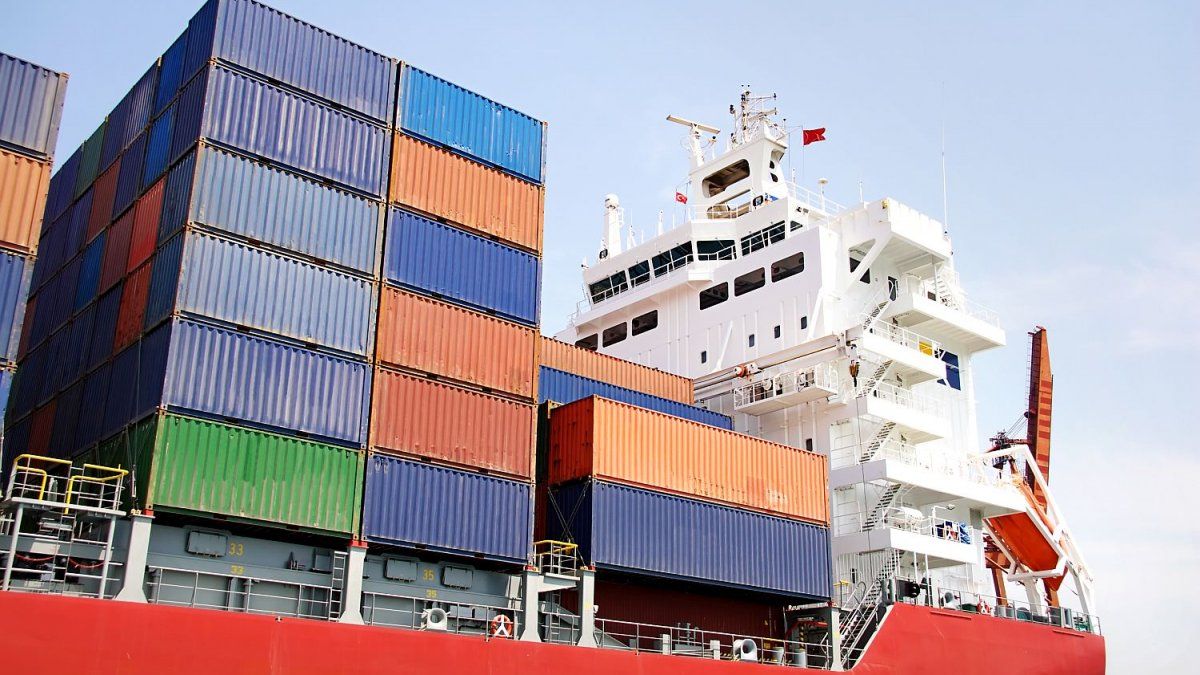Porsche is getting fit for the future. Together with Vodafone, the company from Zuffenhausen is installing an ultra-fast 5G cellular network in order to revolutionize the production and development of cars.
Forget about connecting rods, pistons and pressing tools when talking about making a car. The new decisive levers are Multi Access Edge Computing (MEC), latency times and core or network slicing. The latter has nothing to do with a heart operation, but describes the reservation of bandwidth for a specific application. The basis for this cornucopia of IT possibilities is a super-fast 5G cellular network. “Stand alone and not 5G DSS, because that is essentially 4G,” explains Hannes Ametsreiter.
The Vodafone Germany boss has come to Weissach to put the first 5G stand-alone network into operation on company premises in Europe together with Porsche’s Chief Development Officer. The broad-gauge mobile data motorway makes sense above all in production plants, because the Internet of Things can be implemented thanks to the extremely fast data transmission at a speed of up to 10,000 megabits per second under perfect conditions. This means that several elements can communicate with each other in real time. In comparison with a fast LTE network, the latency is usually around 40 milliseconds.
This is possible due to the short latency in the 5G stand-alone network of just nine to ten milliseconds. “We no longer need a large computer and memory in the trunk for test drives, but the data is immediately transferred to the engineers’ computer,” says Michael Steiner, explaining the advantages of the new cellular network. Basically, the technician takes a seat in the front passenger seat. And that worldwide. This makes automotive developments significantly more efficient, better and faster. In addition, the 5G network does not “lose” any data packets. This increases reliability and security.
Security is anyway one of the big issues that will make an immense leap forward with the 5G network. Real-time transmission in combination with high-resolution maps, on which the position of the vehicle can be identified with an accuracy of up to 20 centimeters, makes the assistance systems even faster, better, and more accurate. It is clear that this will ultimately lead to autonomous driving. But first of all it is about accident avoidance and swarm intelligence in the event of danger. Thanks to the fast data transmission and the associated high computing power, the electric assistants in a car can predict the movement of a pedestrian and initiate braking at lightning speed before a collision occurs. If tires lose traction due to an icy road, this danger zone is immediately reported to other vehicles.
But the engineers also benefit: Thanks to the exact representation of cars with up to 260 million polygons, technicians worldwide can work on improvements in parallel, as they can virtually disassemble the car down to the smallest individual parts. Of course, this also applies to the production facilities, as you can now react immediately to problems if they occur. With intelligent software, you can even eliminate difficulties before they actually occur. “The 5G network will change production, it will change Germany,” says Hannes Ametsreiter. For the Austrian it is clear that the country of mechanical engineering has to move away from the idolatry of mechanics. “If we always follow familiar paths, we always come out of the same place,” the manager makes clear and becomes even clearer in the next sentence: “If we always let the Chinese and the Americans do everything, there won’t be much left here Come on.”
But this brave new world, in which data flies from Garmisch to Flensburg in fractions of a second, prevents accidents, accelerates the construction of cars and ensures a mobile cinema, naturally also requires the appropriate radio networks. And there comes the big but. When it comes to cellular networks, Germany is not one of the leaders in the data surfing ranking. And if it doesn’t fully work with LTE, how is it supposed to work with a significantly complex standard such as 5G, in which radio masts and data centers the size of an apartment building have to be installed across the board.
But such an expansion costs money. And not a little. Here Hannes Ametsreiter sees politics as an obligation. “The auctions of the mobile networks, which brought in 6.6 billion in 2019, are withdrawing money from the industry that could be invested in building the infrastructure,” explains the manager, who argues that the next auction should not take place as planned in 2025, but instead not until 2030. This would enable mobile operators like Vodanfone to use the time and financial resources to create the 5G world.
I am a 24-year-old writer and journalist who has been working in the news industry for the past two years. I write primarily about market news, so if you’re looking for insights into what’s going on in the stock market or economic indicators, you’ve come to the right place. I also dabble in writing articles on lifestyle trends and pop culture news.




